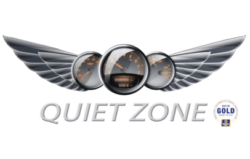TPMS
Most vehicles today are equipped with a Tire Pressure Monitoring System (TPMS). The TPMS is an electronic system used to monitor the air pressure inside your tires and alert you if they become underinflated. If your “low pressure” warning light comes on, this means your tire pressure has dropped 25% or more below the manufacturer’s…



